American Airlines regional jet involved in midair collision with helicopter near DCA, FAA says
Editor’s note: This story has been updated with new information. Emergency responders fear no passengers or crewmembers survived a collision involving a commercial jet and a military helicopter late Wednesday night outside Washington, D.C. Shortly before 9 p.m. EST Wednesday, an American Airlines inbound regional jet from Wichita, Kansas, and a U.S. Army helicopter collided …
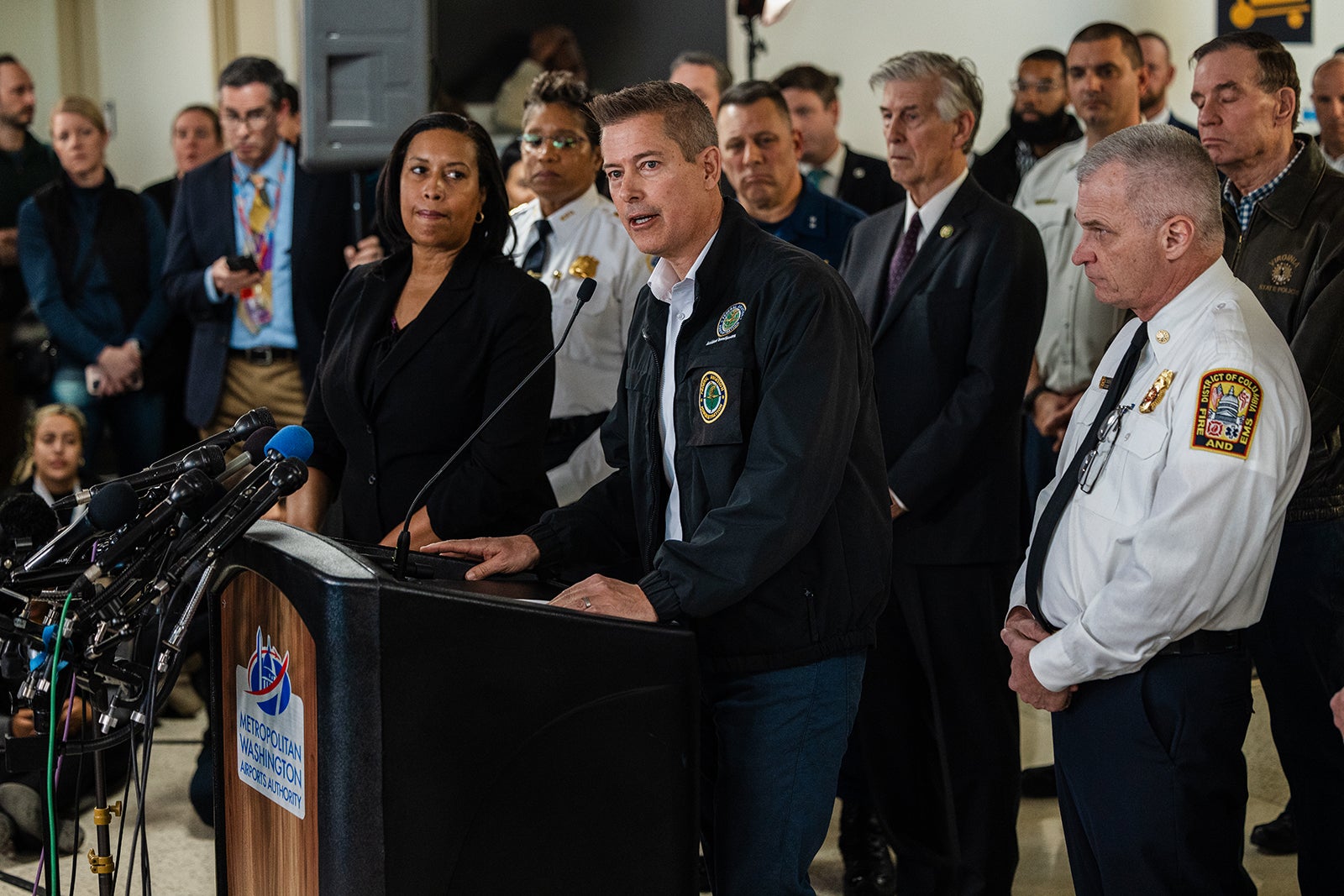
Editor’s note: This story has been updated with new information.
Emergency responders fear no passengers or crewmembers survived a collision involving a commercial jet and a military helicopter late Wednesday night outside Washington, D.C.
Shortly before 9 p.m. EST Wednesday, an American Airlines inbound regional jet from Wichita, Kansas, and a U.S. Army helicopter collided as the plane was preparing to land at Ronald Reagan Washington National Airport (DCA), the Federal Aviation Administration said.
Sixty passengers and four crewmembers were on board the jet — a Bombardier CRJ700 operated by PSA Airlines, a wholly-owned regional subsidiary of American Airlines.
Three people were on board the helicopter, a Sikorsky H-60, which was on a training mission, according to the U.S. Army.
DC EMS: No survivors expected
The accident prompted a massive emergency response overnight, with crews from across the greater D.C. region and members of the U.S. Coast Guard searching the Potomac River in frigid conditions.
At a news conference Thursday morning, D.C. Fire and EMS Chief John Donnelly shared a grim update:
“At this point, we don’t believe there are any survivors from this accident,” Donnelly said, confirming that the bodies of 27 people from on board the American regional jet, and one person from the helicopter, had been recovered as of early Thursday morning.
Investigation begins
The American Eagle flight, AA 5342 operated by American Airlines’ regional subsidiary PSA Airlines, departed Wichita Dwight D. Eisenhower National Airport (IPT) at 5:19 p.m. CST Wednesday, according to flight-tracking data from FlightAware.
It was due to land at DCA at 8:55 p.m. EST. The midair collision, DC EMS said, was reported by control tower personnel shortly before, at 8:48 p.m. EST.
The accident happened in some of the nation’s most congested and tightly-regulated airspace, with DCA situated just across the Potomac from Washington in Arlington, Virginia.
Overnight, the National Transportation Safety Board began what’s likely to be a far-reaching investigation.
“Our mission is to understand not just what happened, but why it happened, and to recommend changes to prevent it from happening again,” NTSB board member J. Todd Inman said at a news conference Thursday, afternoon, while cautioning it’s too early to rule in — or out — any potential cause of the crash.
Trump administration officials on Thursday suggested error on the part of the Army helicopter may be a factor.
“Tragically, last night, a mistake was made,” Defense Secretary Pete Hegseth said at a White House press briefing Thursday.
“There was some sort of an elevation issue that we have immediately begun investigating at the [Department of Defense] and Army level,” Hegseth added.
Ultimately, it’s the NTSB that will be charged with the exhaustive inquiry into factors behind the crash. The agency promised a preliminary report within 30 days, and a final report once its investigation is complete.
“As part of any investigation we look at the human, the machine and the environment. So we will look at all the humans that were involved in this accident. We will look at the aircraft, we will look at the helicopter, we will look at the environment they were operating in,” NTSB chair Jennifer Homendy said Thursday. “That is standard in any investigation.”
The accident was the first major crash involving a U.S. commercial airliner in nearly 16 years.
How American Airlines is responding
American Airlines urged those who may have had family members or friends on board Flight with family members or friends on board to call 800-679-8215.
American CEO Robert Isom flew to Washington overnight, and shared condolences for the victims and families affected by the accident.
“We’re absolutely heartbroken for the family and loved ones of the passengers and crew members, and also for those that were on the military aircraft,” Isom said at Thursday morning’s news conference.
The airline dispatched personnel to the airport to assist family members of the victims, Isom said.
American planned to set up a communications center inside a DCA Admirals Club, airport officials confirmed overnight.
Industry responds
In a statement, the nation’s largest pilots union released a statement late Wednesday that said it was “shocked and saddened by the tragic accident at DCA.”
“Our thoughts are with those affected by this tragedy and ALPA’s accident investigation team is responding to assist the National Transportation Safety Board in their investigation,” the Air Line Pilots Association said.
The captain on board the American Eagle jet had nearly six years of experience with PSA, Isom shared Thursday morning. The first officer in the flight deck had nearly two years’ experience.
How the crash is affecting flight operations
The FAA halted all inbound and departing flights at DCA immediately following Wednesday night’s crash.
Nineteen aircraft that were in the airport vicinity were diverted to nearby Dulles International Airport (IAD), according to Jack Potter, CEO of DCA’s governing body, the Metropolitan Washington Airports Authority.
Late Thursday morning, DCA re-opened to commercial air traffic, but with significant operational disruptions.
As of early afternoon Thursday, around 61% of departures had been canceled at DCA, according to FlightAware. Several major U.S. airlines issued travel waivers allowing passengers with flights to or from the airport over the next day or two to make itinerary changes at no cost.
Some of those travel advisories can be found below:
The crash did not disrupt operations at the region’s other major airports, Potter said — including Dulles and Baltimore/Washington International Thurgood Marshall Airport (BWI).
This is a developing story. Check back for further updates.
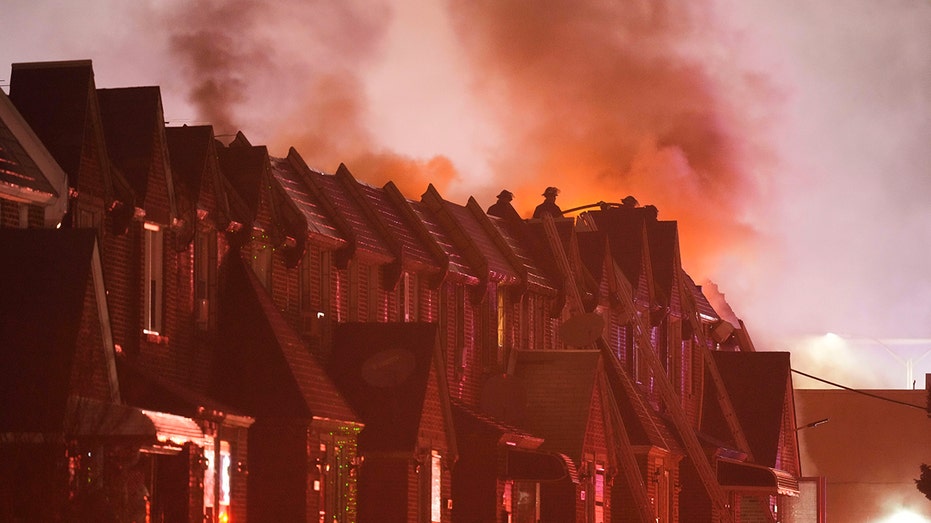
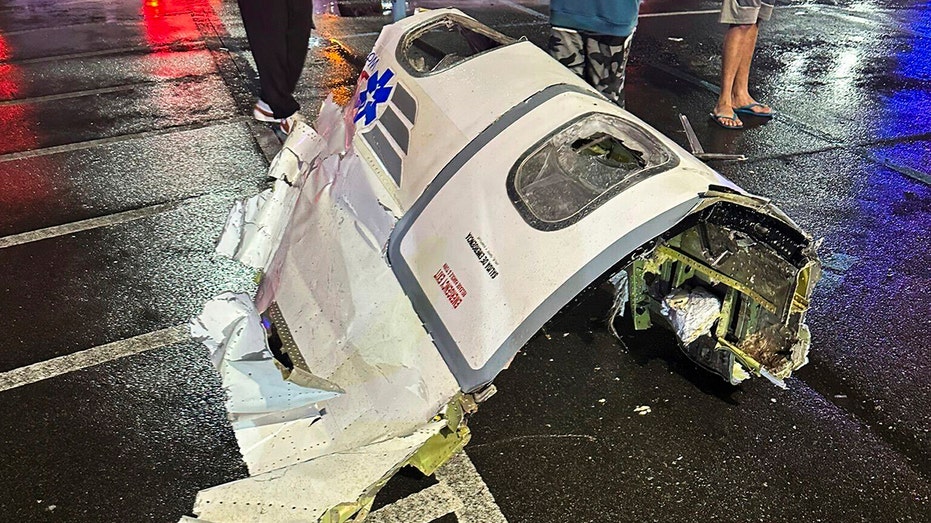

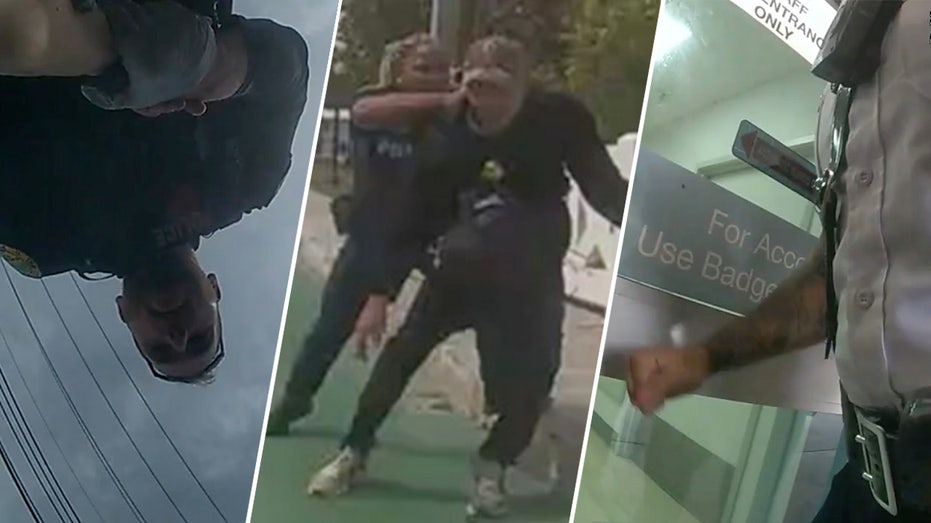
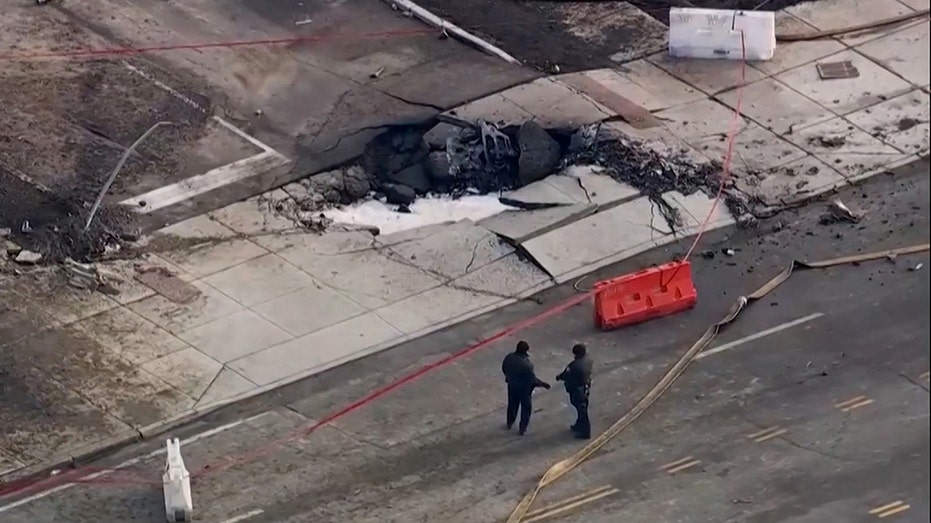























.png)






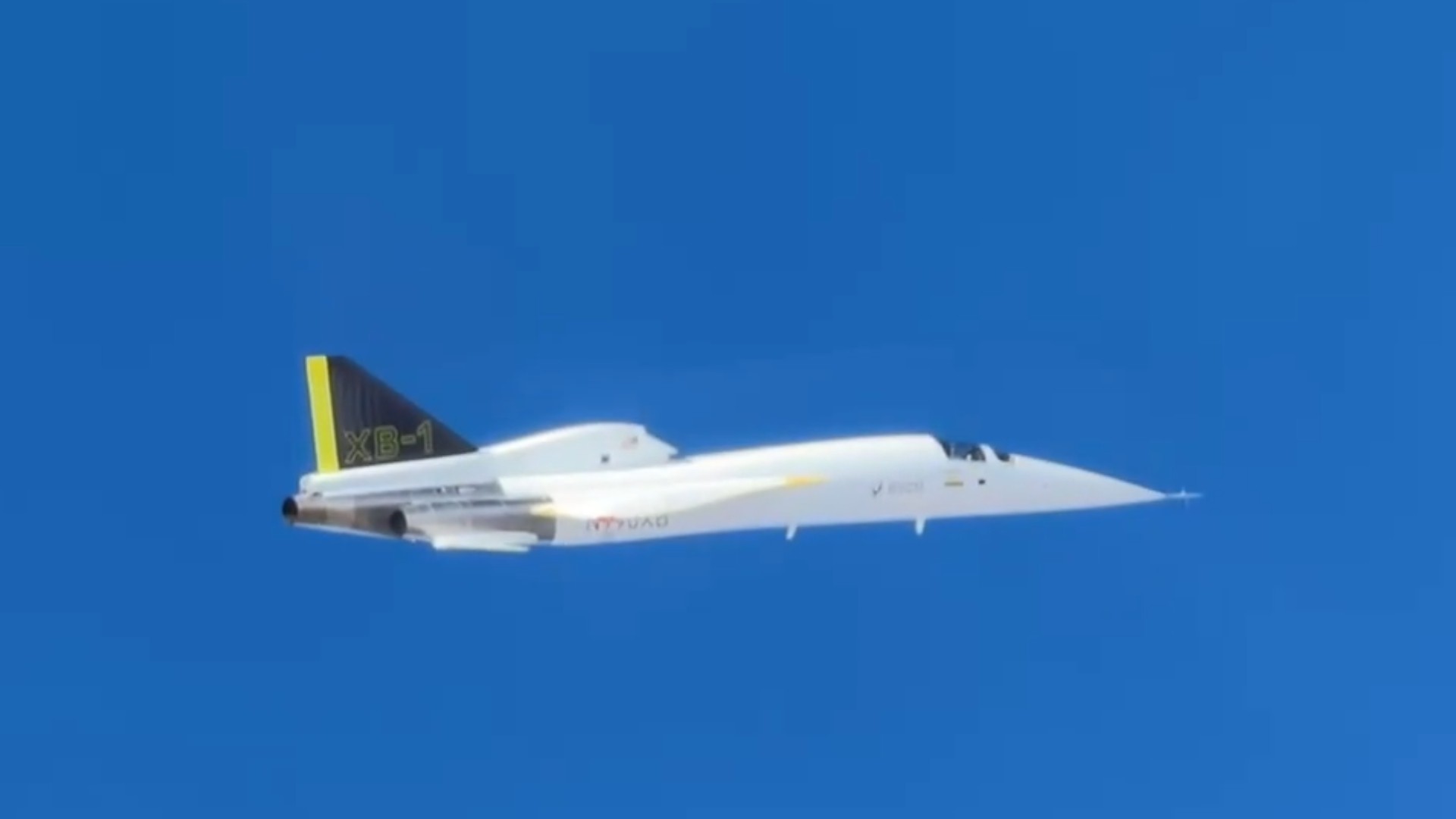














![‘Companion’ Ending Breakdown: Director Drew Hancock Tells All About the Film’s Showdown and Potential Sequel: ‘That’s the Future I Want for [Spoiler]’](https://variety.com/wp-content/uploads/2025/02/MCDCOMP_WB028.jpg?#)
























